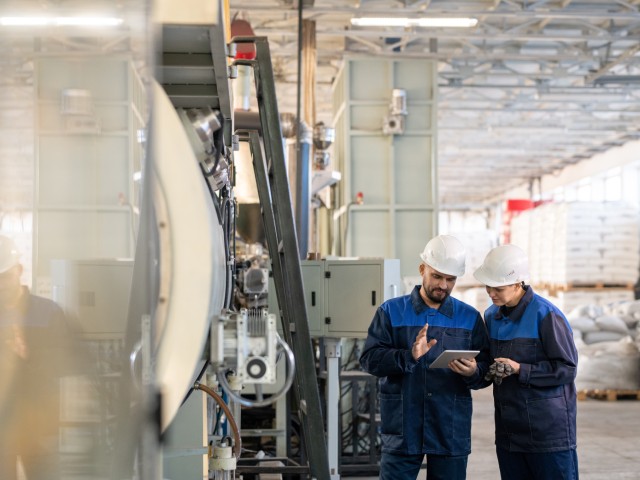CNN
—
Antarctica’s “Doomsday Glacier” – nicknamed because its collapse could drive catastrophic sea level rise – is melting rapidly in unexpected ways, according to new research.
The Thwaites Glacier is roughly the size of Florida and is located in West Antarctica. Part of what holds it in place is an ice shelf that juts out onto the surface of the ocean. The shelf acts like a cork, holding the glacier back on the land and providing an important defense against sea level rise.
But the crucial ice shelf is highly vulnerable as the ocean warms.
In two studies, published in the journal Nature on Wednesday, scientists revealed while the pace of melting underneath much of the ice shelf is slower than previously thought, deep cracks and “staircase” formations in the ice are melting much faster.
As climate change accelerates, the Thwaites Glacier is rapidly changing.
Every year it sheds billions of tons of ice into the ocean, contributing about 4% of annual sea level rise. Particularly rapid melting happens at the point where the glacier meets the seafloor, which has retreated nearly nine miles (14 kilometers) since the late 1990s, exposing a larger slice of ice to relatively warm ocean water.
The complete collapse of the Thwaites itself could lead to sea level rise of more than two feet (70 centimeters), which would be enough to devastate coastal communities around the world. But the Thwaites is also acting like a natural dam to the surrounding ice in West Antarctica, and scientists have estimated global sea level could ultimately rise around 10 feet if the Thwaites collapsed.
While it could take hundreds or thousands of years, the ice shelf could disintegrate much sooner, triggering a retreat of the glacier which is both unstable and potentially irreversible.
To better understand the reshaping of the remote coastline, a team of US and British scientists from the International Thwaites Glacier Collaboration traveled to the glacier in late 2019.
Using a hot water drill, they bored a hole nearly 2,000 feet (600 meters) deep into the ice and, over a five-day period, sent down various instruments to take measurements from the glacier.

The instruments included a torpedo-like robot called Icefin, which allowed them access to areas previously almost impossible to survey. The remotely-operated vehicle took images and recorded information about the temperature and salinity of the water, as well as ocean currents.
It was able to “swim up to these really dynamic places and take data from the sea floor all the way to the ice,” Britney Schmidt, an associate professor at Cornell University and a lead author on one of the papers, told CNN.
The results of the research reveal “a very nuanced and complex picture,” Peter Davis, an oceanographer at the British Antarctic Survey and a lead author on the other paper, told CNN.
The scientists found even though the glacier is receding, the rate of melting beneath much of the flat part of the ice shelf was lower than expected. The melt rate averaged 2 to 5.4 meters a year, according to the study, less than previous models had projected.
Melting is being suppressed by a layer of colder, fresher water at the base of the glacier, between the ice shelf and the ocean, according to the research.
“The glacier is still in trouble,” Davis said in a statement, adding, “What we have found is that despite small amounts of melting there is still rapid glacier retreat, so it seems that it doesn’t take a lot to push the glacier out of balance.”


The scientists were also surprised by a second finding. They discovered an underwater glacial landscape much more complex than expected, dominated by strange staircaselike terraces and crevasses – big cracks going all the way through the ice shelf.
Melting was particularly rapid in these areas, the research team found. Warm, salty water was able to funnel through and widen cracks and crevasses, contributing to instabilities in the glacier.
“The glacier is not just melting up, but it’s melting out,” Schmidt said.
Melting along the sloped ice of the cracks and terraces “may become the primary trigger for ice shelf collapse,” according to the studies’ authors.
The findings add a new layer to a slew of alarming studies pointing to the glacier’s rapid melting.
A 2021 study found the ice shelf could shatter within the next five years, and last year scientists said the Thwaites Glacier is hanging on “by its fingernails” as the planet warms, with the potential for rapid retreat in the coming years.
“We knew these glaciers were changing. We knew it was related to ocean temperature. We knew there was melting going on. We knew that the atmosphere was warming. And we knew that the glaciers were falling apart,” Schmidt said.
What the latest research does is provide “the missing pieces” to work out exactly how this change is happening, she said.


David Rounce, a glaciologist at Carnegie Mellon University who was not involved in the study, told CNN the new research offered “novel insights into how rapidly the bottom of the ice shelf is melting and the mechanisms by which it’s melting, which are very important for improving our understanding and ability to model how Thwaites will change in the future.”
Davis said the research can help make more accurate projections about sea level rise, which can be fed into efforts to mitigate climate change and protect coastal communities. From a more personal perspective, he said, he also hopes it prompts people “to sit up and take notice of the changes that are occurring.”
“Despite it being so remote, the consequences of what happens on Thwaites will impact everybody,” Davis said.







